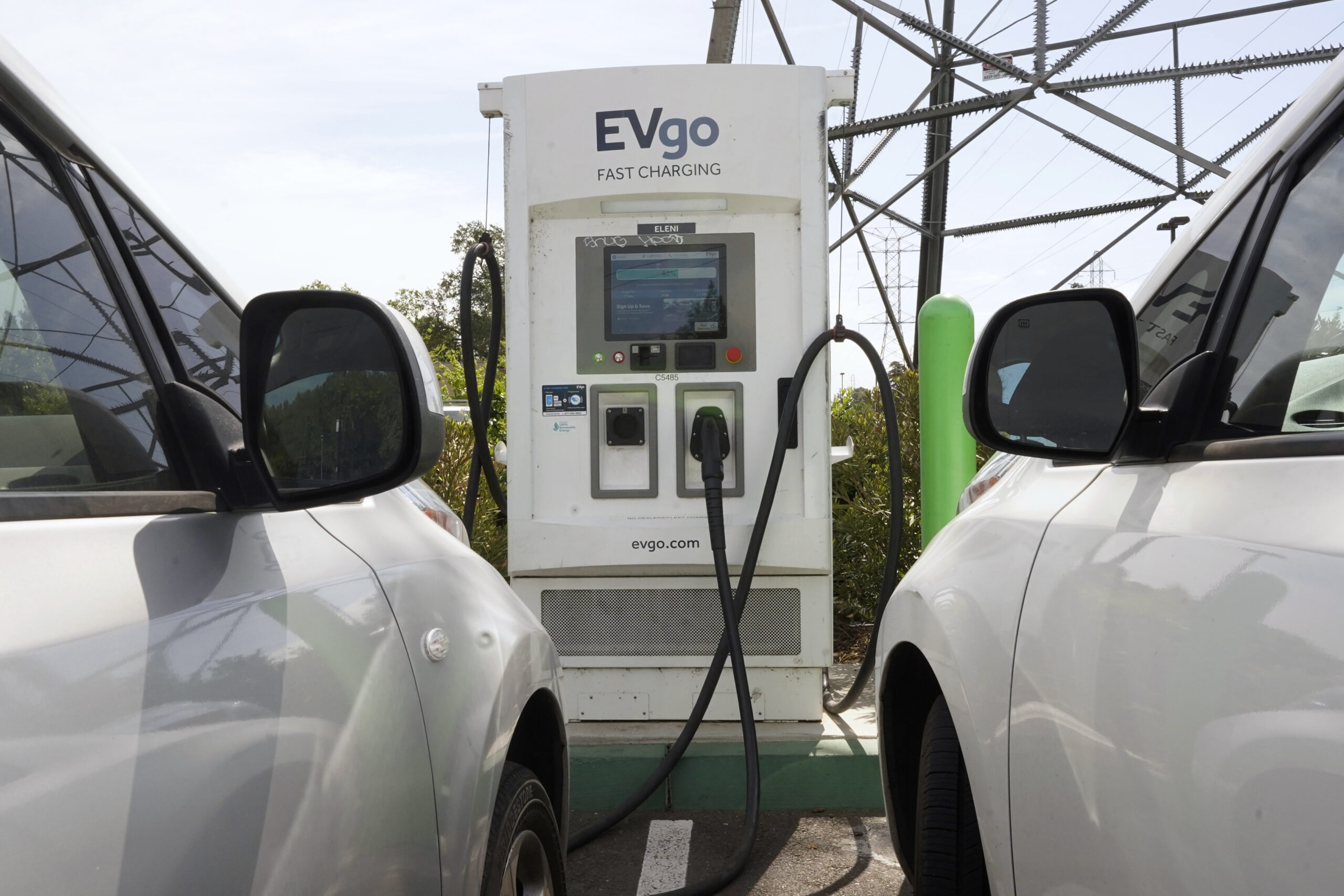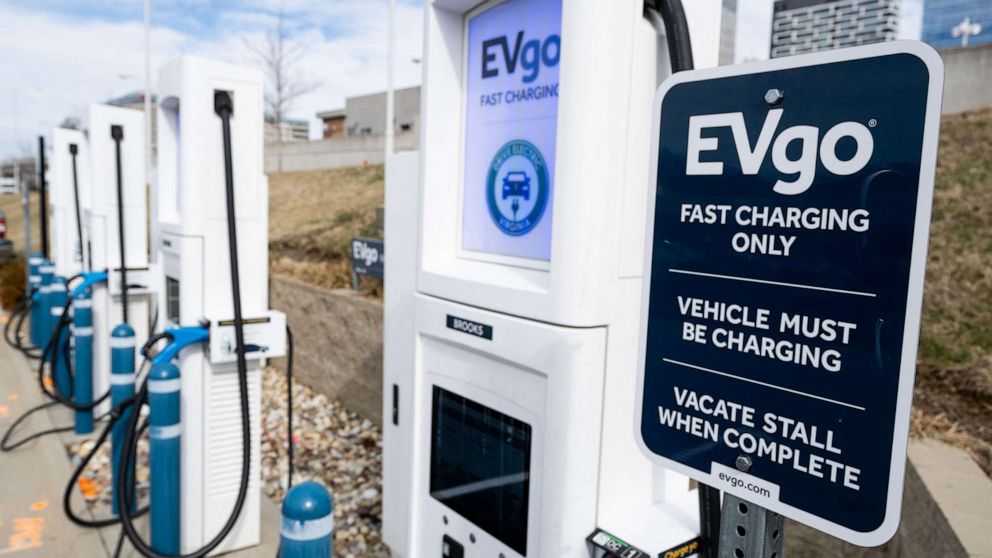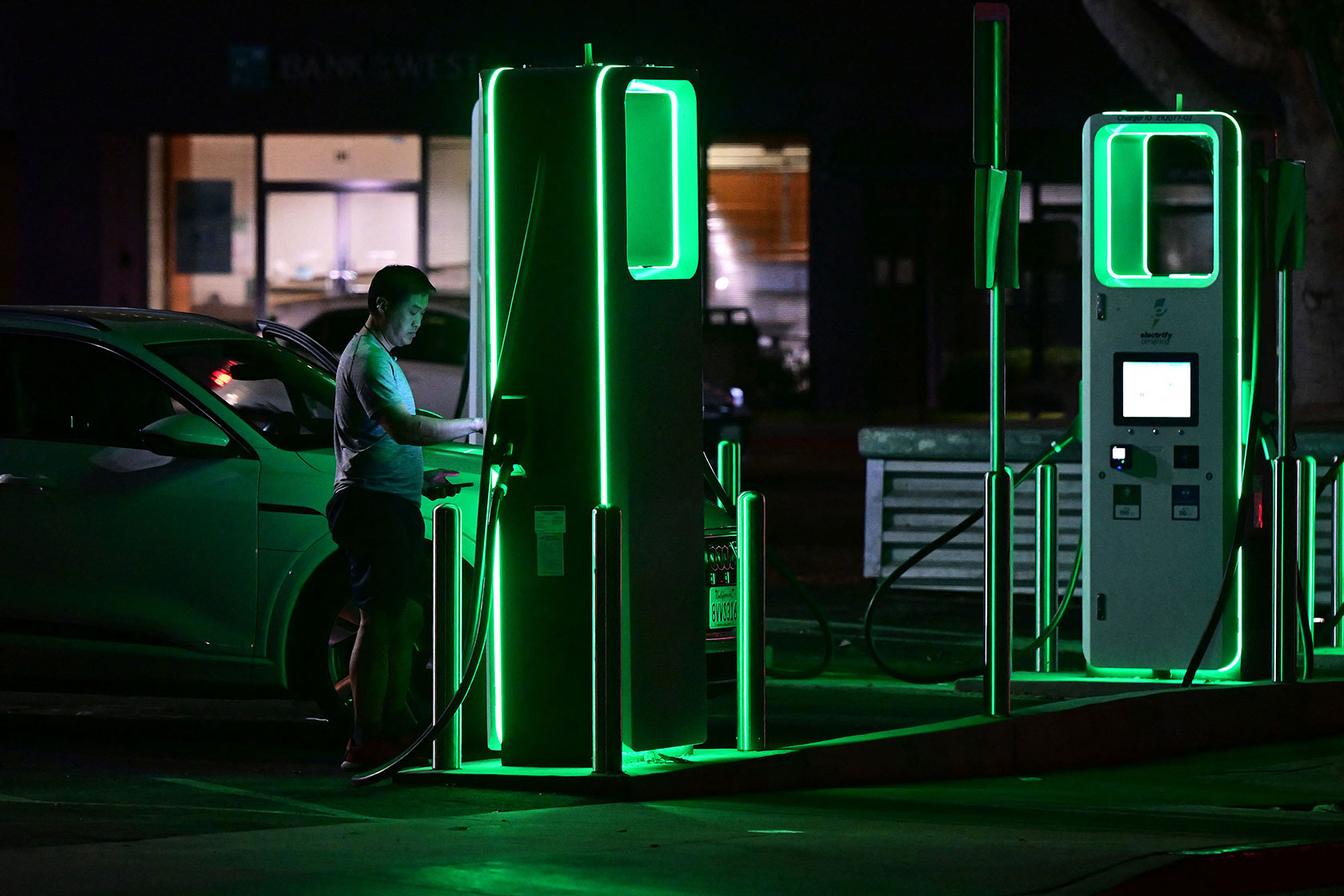What’s Driving the Growth of EV Infrastructure? Buy EV Charging news for Key Updates
What’s Driving the Growth of EV Infrastructure? Buy EV Charging news for Key Updates
Blog Article
Leading EV Charging Information: Key Updates on Infrastructure and Innovation

Current Innovations in Fast-Charging Modern Technology

In addition, improvements in battery innovation, including improved thermal management systems and higher energy density batteries, complement fast-charging abilities. These developments alleviate the danger of battery degradation throughout quick charging, making certain longevity and efficiency for EV proprietors.
Furthermore, the assimilation of wise billing solutions is boosting user experience, enabling real-time surveillance and dynamic rates versions. EV Charging news. This flexibility permits vehicle drivers to optimize billing prices and times based upon grid need
As automakers proceed to buy fast-charging networks, the cooperation in between sector stakeholders is essential. Collaborations in between charging terminal providers and automotive makers are leading the means for substantial insurance coverage, eventually fostering a much more durable EV environment. These developments are critical in sustaining the transition to sustainable transportation.
Federal Government Campaigns for Billing Expansion
Federal government efforts play an essential role in the growth of electric car (EV) charging facilities, assisting in the change to sustainable transportation. Numerous government and state programs are being applied to improve charging ease of access, reduce the monetary worry on consumers, and advertise the fostering of electrical vehicles.
Especially, the united state federal government has designated considerable funding through the Facilities Financial Investment and Jobs Act, which sets aside $7.5 billion for EV billing network advancement throughout the country. This financing is aimed at deploying countless new billing stations, especially in underserved locations, thus attending to variety anxiousness among possible EV buyers.
Furthermore, many states are enacting legislation to enhance the allowing process for billing station setups, which is crucial for increasing release. Motivations such as tax debts and discounts for both customers and organizations are additionally being presented to encourage the installation of billing infrastructure.
Furthermore, public-private partnerships are progressively becoming an emphasis, leveraging private financial investment to match federal government funding. These initiatives emphasize a joint technique important for building a extensive and reliable EV billing network, eventually adding to a greener and even more lasting future.
Innovative Battery Solutions Enhancing Performance
Revolutionizing the landscape of electric lorry (EV) innovation, ingenious battery remedies are dramatically enhancing effectiveness and efficiency. Breakthroughs in battery chemistry, particularly with lithium-sulfur and solid-state batteries, are bring about increased energy thickness, which allows for longer arrays and faster charging times. These new battery types have the prospective to outmatch standard lithium-ion batteries by using higher abilities while reducing weight, consequently improving overall automobile performance.
Moreover, growths in battery management systems (BMS) are maximizing energy use and extending battery life expectancy. Intelligent algorithms monitor battery health and performance, enabling real-time adjustments to charging and releasing procedures. This not only improves the effectiveness of the battery however likewise ensures an extra lasting and dependable energy source for EVs.
Additionally, the combination of reusing modern technologies is resolving the environmental influence of battery production and disposal. Technologies in second-life applications for EV batteries are promoting their use in energy storage systems, adding to a circular economic climate.
As these ingenious battery services proceed to evolve, they assure to change the EV market, making electric lorries a lot more obtainable and enticing to a more comprehensive target market while sustaining global sustainability goals.

Collaboration Between Automakers and Charging Networks
Identifying the crucial need for a robust charging facilities, car manufacturers are increasingly teaming up with billing network carriers to enhance the EV ownership experience (EV Charging news). These partnerships intend to develop a seamless billing environment that profits consumers and supports the transition to electrical cars
Major automobile brand names are signing up with pressures with well-known charging networks to expand their charging station coverage, guaranteeing vehicle drivers have accessibility to reputable and this website convenient billing alternatives. Partnerships with networks like ChargePoint and Electrify America enable car manufacturers to integrate charging options straight into their automobiles' navigation systems, assisting users to the nearby terminals and providing real-time availability updates.
In addition, these collaborations usually result in the advancement of fast-charging innovations that dramatically minimize the time needed to recharge an EV. By merging sources and know-how, car manufacturers and charging networks can introduce much faster, producing remedies that fulfill the growing need for electric flexibility.
On top of that, joint efforts may likewise result in more standard billing procedures, which can alleviate customer confusion and promote more comprehensive EV adoption. On the whole, these calculated partnerships are essential in developing a straightforward and effective billing facilities that fulfills the demands of a broadening electric car market.
Difficulties Dealing With EV Charging Infrastructure
As the electric lorry market proceeds to expand, numerous obstacles are surfacing that hinder the advancement of a comprehensive billing framework. Among the primary challenges is the insufficient variety of billing stations, particularly in country and underserved city areas. This void creates variety anxiousness amongst possible EV purchasers, discouraging them from making a fantastic read the switch.
In addition, the lack of standardization in billing technology complicates the infrastructure landscape. Variations in plug kinds and billing rates can produce confusion for customers and boost operational intricacies for charging network drivers. In addition, the integration of charging stations into existing electrical grids poses considerable obstacles. Many regions deal with capability restrictions, needing substantial financial investments in grid upgrades to accommodate increased demand.
An additional pushing concern is the high price related to the installation and upkeep of charging stations, which can be a barrier for both public entities and private companies. Ultimately, regulatory difficulties and zoning limitations can postpone the release of billing infrastructure, impeding progression in broadening vital services. Attending to these difficulties will certainly be important for promoting a durable EV environment that supports the transition to lasting transportation.
Final Thought
To conclude, the ongoing improvements in EV billing modern technology, supported by substantial government initiatives and ingenious battery services, are vital for the expansion and performance of electric car facilities. Collaborations between automakers and charging suppliers further enhance terminal protection, addressing the growing demand anchor for obtainable billing alternatives. Despite obstacles that persist within the EV charging landscape, these growths symbolize a positive trajectory in the direction of a much more sustainable and effective electrical automobile community.
Innovations in billing facilities have led to the growth of ultra-fast chargers capable of delivering up to 350 kW of power, dramatically decreasing charging times. Variations in plug kinds and charging rates can create confusion for individuals and enhance functional intricacies for billing network drivers.In conclusion, the ongoing advancements in EV billing modern technology, supported by considerable federal government efforts and cutting-edge battery services, are critical for the expansion and effectiveness of electric lorry framework. Partnerships in between automakers and billing providers better boost station coverage, dealing with the expanding need for accessible charging options. In spite of challenges that persist within the EV charging landscape, these developments represent a positive trajectory in the direction of a much more reliable and sustainable electrical automobile environment.
Report this page